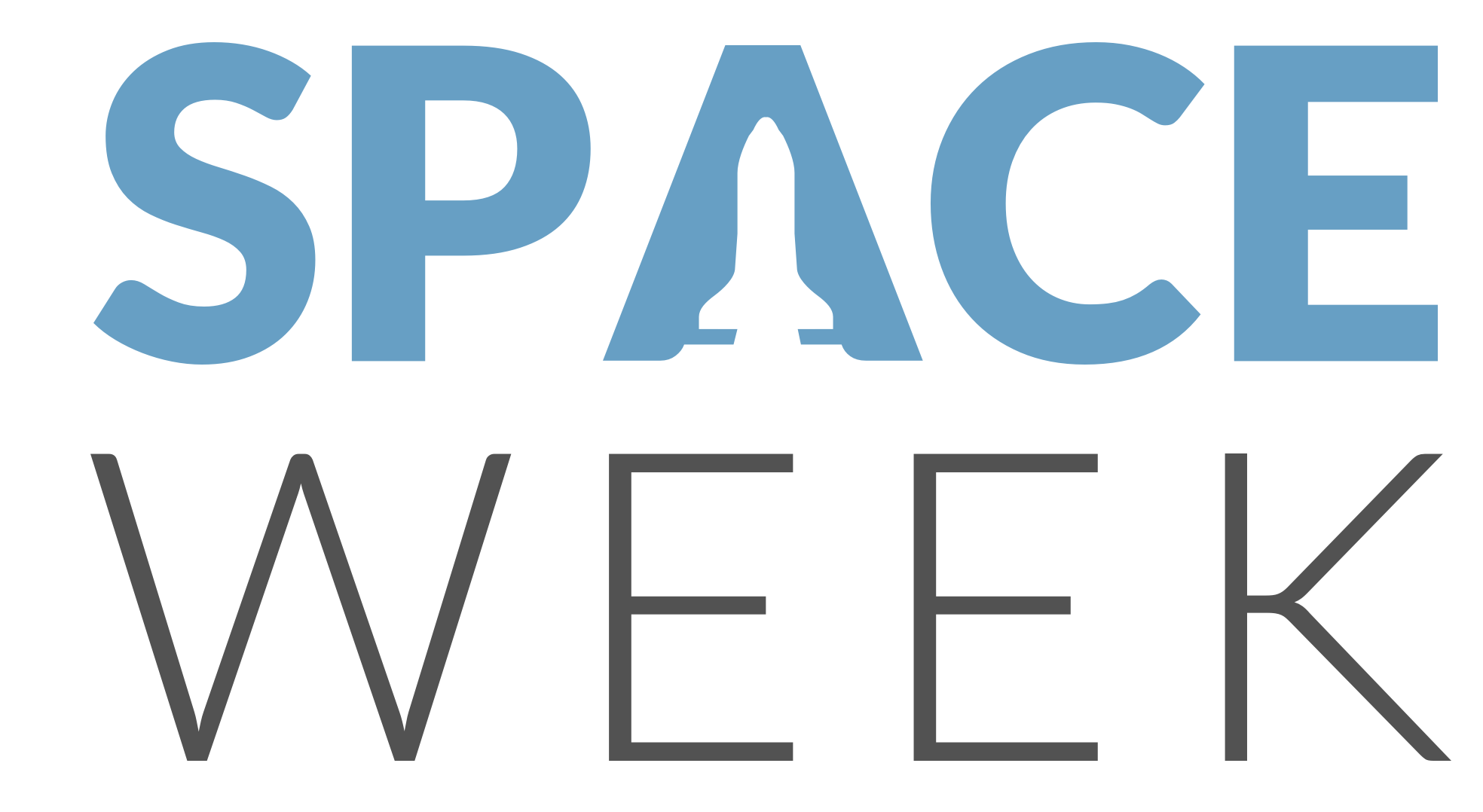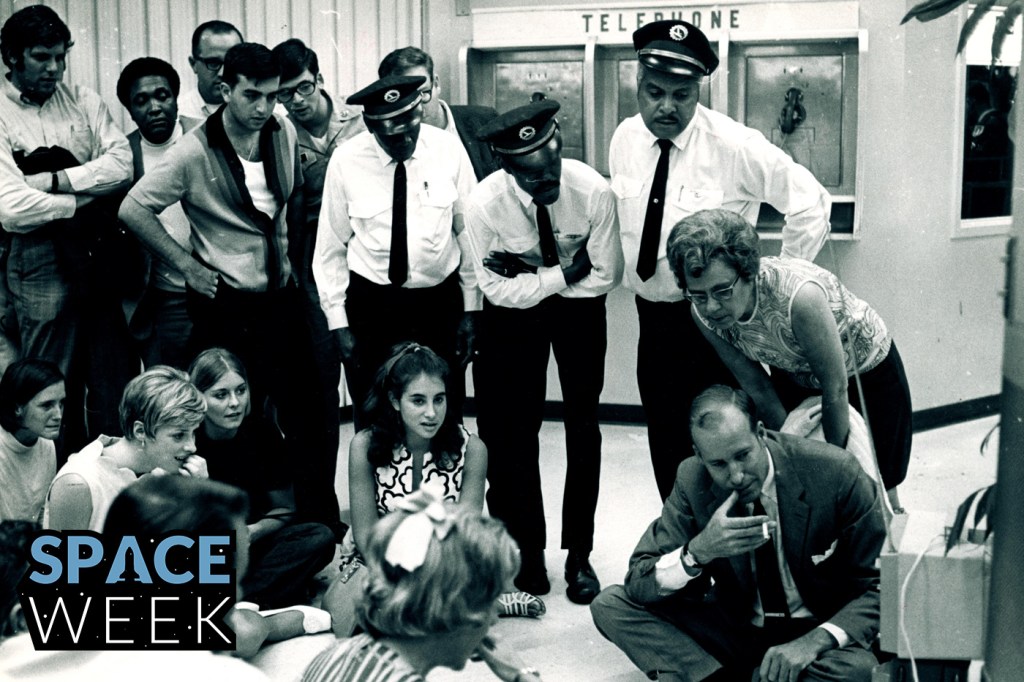On July 20, 1969, just after 8:15 p.m. on the East Coast, the American lunar module “Eagle” landed on the surface of the moon. Six hours later, Neil Armstrong was the first human being to set foot on a celestial body other than Earth.
Apollo 11 launch at Kennedy Space Center in Florida on July 16, 1969. Image courtesy of NASA.
People watch the moon landing on a television set at Logan Airport in Boston on July 20, 1969. Boston Globe/Courtesy of the Boston Globe Library Collection at the Northeastern University Archives and Special Collections.
Armstrong and Edwin “Buzz” Aldrin spent a little over two hours walking on the surface of the moon, collecting rock samples and taking pictures. The third crew member, Michael Collins, orbited the moon in the command module, Columbia. The Eagle would rejoin the Columbia 21 hours later for the return trip to Earth.
Edwin “Buzz” Aldrin in the landing module of Apollo 11 making preparations for the moon landing on July 19, 1969. AP/Courtesy of the Boston Globe Library Collection at the Northeastern University Archives and Special Collections.
The astronauts left behind an American flag and the bottom assembly of the lunar module. On the module, there is a plaque, which reads: “Here men from the planet Earth first set foot upon the Moon, July 1969 A.D. We came in peace for all mankind”
The Apollo 11 capsule splashed into the Pacific Ocean about 900 miles southwest of Hawaii on July 24. The astronauts were recovered by an aircraft carrier, the USS Hornet, and immediately put into a mobile quarantine unit. They remained quarantined for 21 days, in case they had picked up any hazardous microbes on the Moon. (They had not. The quarantine protocol was discontinued after Apollo 14.)
At the Mission Control Center in Houston, Texas, Apollo 11 Flight Director Milton Windler (left) talks with astronaut Charles “Pete” Conrad during a television transmission from the Apollo 11 craft on July 19,1969. UPI/Courtesy of the Boston Globe Library Collection at the Northeastern University Archives and Special Collections.
The United States would successfully send five more Apollo missions to the moon, ending with Apollo 17 in 1972. In total, twelve Americans walked on the moon during the Apollo years.
No one has been back since.
President Richard Nixon welcomes the crew of Apollo 11 back to Earth aboard the USS Hornet on July 24, 1969. Image courtesy of NASA.

by Gregory Grinnell, Laura Castañón, and Hannah Moore








